Beyond Team Building: The Lasting Impact of Strengths-Based Development
In Singapore’s competitive business landscape, team building is often seen as the quick fix for improving workplace relationships and morale. From escape rooms to cooking challenges, these activities are enjoyable and can bring a temporary boost in camaraderie. But once the event is over, many teams return to the same challenges—miscommunication, disengagement, and unclear collaboration.
The truth is, one-off team building has its limits. Real cultural transformation requires a deeper, ongoing approach—and that is where strengths-based development stands apart.
Why Traditional Team Building Falls Short
Team building events create a sense of togetherness, but they rarely address the root causes of workplace issues. If teams struggle with trust, conflicting work styles, or unclear expectations, a fun day out will not solve these deeper problems. Without a structured follow-up, the positive energy from such events fades quickly.
In Singapore, where teams often work across cultures, functions, and time zones, sustainable collaboration depends on more than shared experiences—it needs a framework for understanding and valuing each individual’s contributions over the long term.
How Strengths-Based Development Changes the Game
Strengths-based development, as championed by Strengths School, is grounded in the CliftonStrengths framework. Rather than focusing on weaknesses or generic skills, it helps each person uncover their innate talents and understand how they naturally think, feel, and work.
This insight is not kept as theory—it is applied directly to day-to-day work. Leaders learn how to assign responsibilities based on individual strengths. Team members discover how to complement one another, avoid unnecessary conflict, and approach challenges in ways that play to their natural abilities.
Crucially, strengths work is not a one-off event. With ongoing coaching, regular check-ins, and reinforcement through tools like the TeamEDGE™ framework, the learning is embedded into the team’s culture. Over time, this leads to measurable improvements in engagement, retention, and productivity.
Case Study: Singapore Tourism Board
The Singapore Tourism Board (STB) initially engaged Strengths School for a leadership and team-building programme. What started as a single initiative grew into a strengths-based culture across multiple divisions. Employees adopted a common language around strengths, making it easier to collaborate across departments. The result was not just improved relationships, but a stronger ability to adapt and deliver in a dynamic tourism industry.
Case Study: VF Corporation Asia
VF Corporation Asia also experienced the difference between traditional team building and strengths-based development. Through Strengths School’s coaching, leaders gained deep insights into their teams’ strengths and applied these to real business challenges. The programme’s impact went beyond the workshop—managers continued to use the strengths framework in meetings, performance discussions, and project planning, sustaining a culture of appreciation and alignment.
The Long-Term Payoff for Singaporean Businesses
Ongoing strengths-based development transforms workplace culture from the inside out. Employees feel valued for their unique contributions. Leaders have a clear roadmap for bringing out the best in their teams. And organisations see tangible business benefits—from higher engagement scores to reduced turnover and stronger performance.
In Singapore, where talent retention and productivity are constant priorities, this approach offers a strategic advantage. Instead of chasing short-term morale boosts, companies that invest in ongoing strengths work build a foundation for sustained success.
The next time you plan a team development initiative, ask yourself: do you want an afternoon of fun, or a culture that thrives every day?


